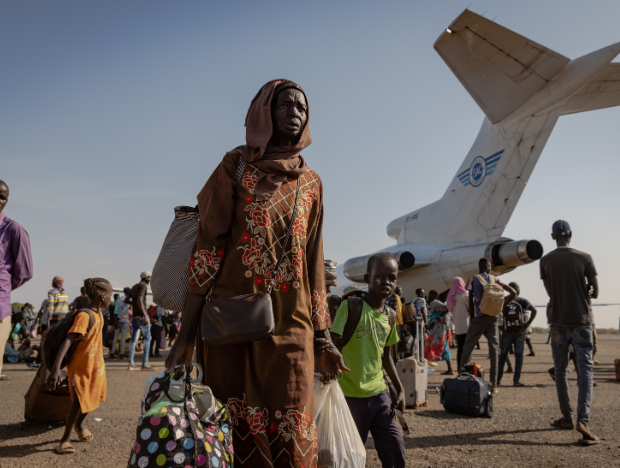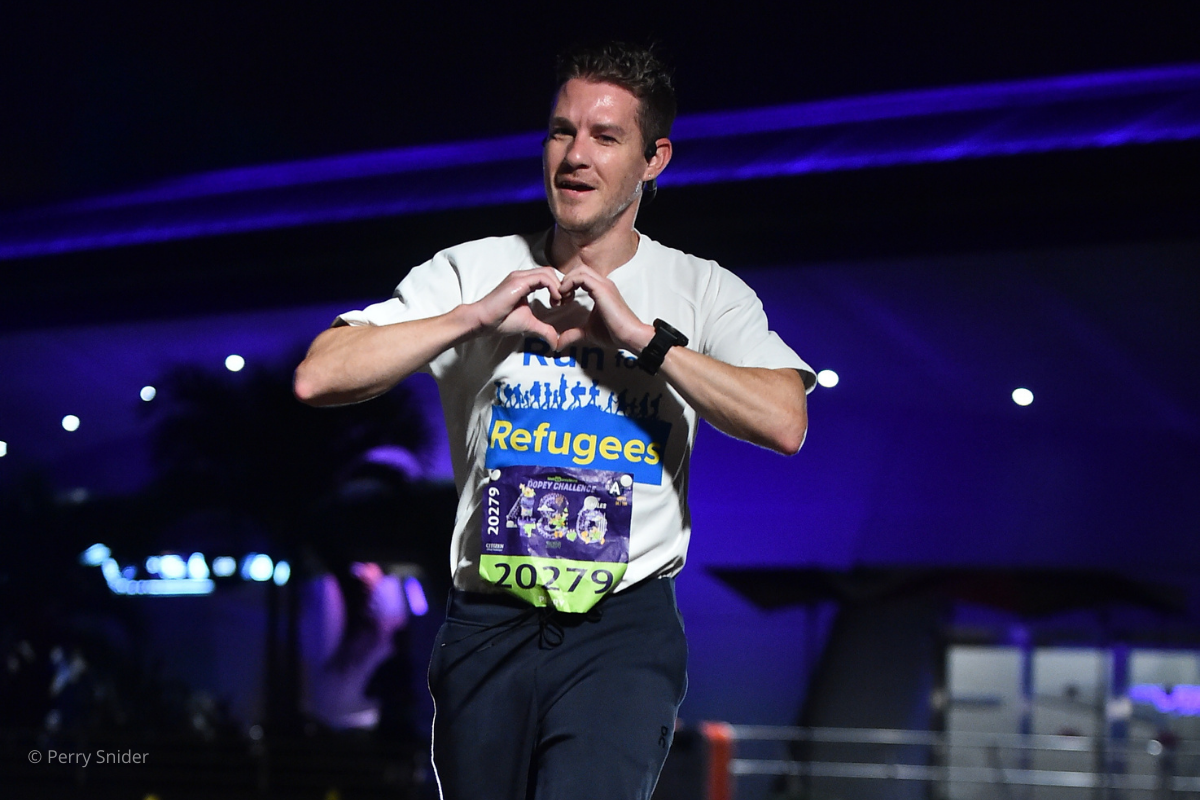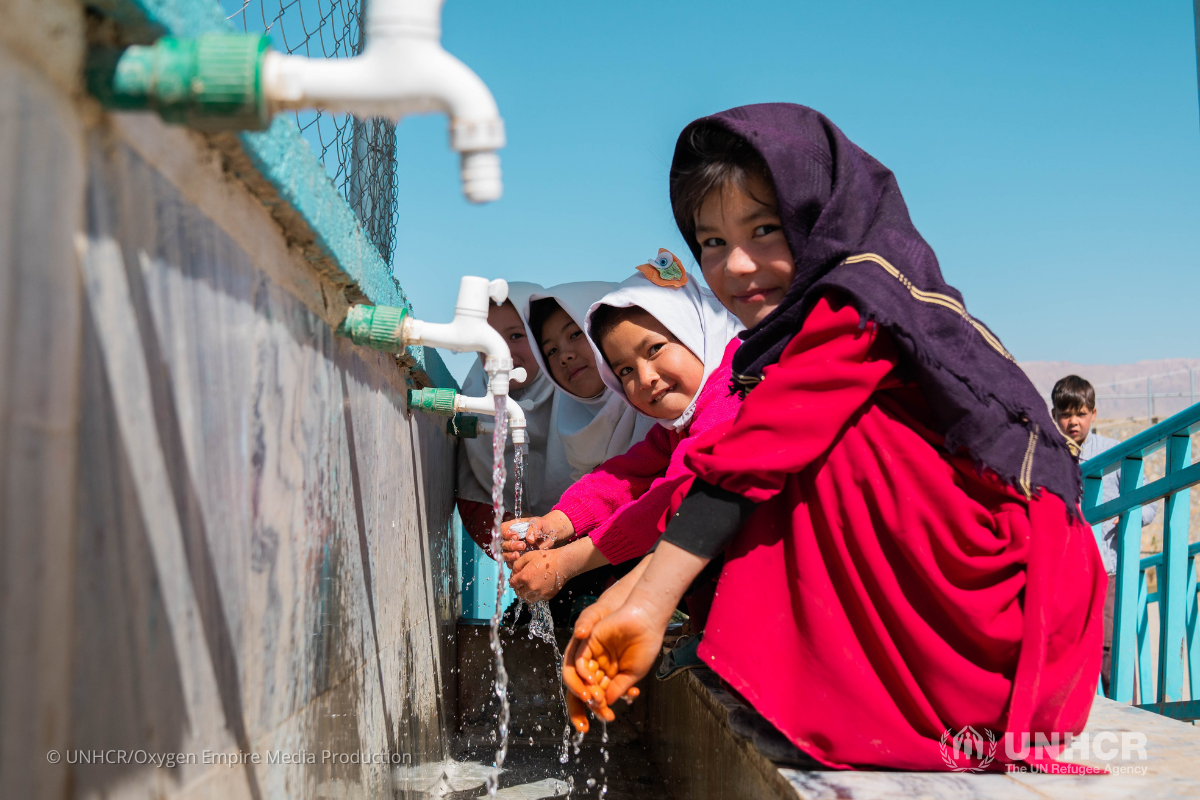Ethiopia Refugee Crisis Explained
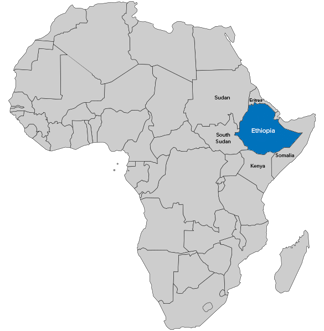 With more than 966,200 refugees and asylum-seekers living inside the country, Ethiopia is home to the second-largest refugee population in Africa. The majority of refugees in Ethiopia come from three countries: South Sudan, Somalia and Eritrea.
With more than 966,200 refugees and asylum-seekers living inside the country, Ethiopia is home to the second-largest refugee population in Africa. The majority of refugees in Ethiopia come from three countries: South Sudan, Somalia and Eritrea.
See our Tigray Refugee Crisis Explainer for the latest on the situation in the region.
Here's What You Need to Know:
1. Where are refugees fleeing from and what other displaced populations are living in Ethiopia?
2. What is the current situation in Northern Ethiopia?
3. What are some of the biggest challenges displaced people in Ethiopia face?
4. What basic necessities are refugees in Ethiopia missing?
5. Can refugees in Ethiopia go to school?
6. Why is local integration important for refugee livelihoods?
Where are refugees fleeing from and what other displaced populations are living in Ethiopia?
In Ethiopia, the largest number of refugees come from three countries: South Sudan (808,336), Somalia (380,000) and Eritrea (157,957). Among these refugees, 81% are women and children, including many minors who do not have parents or caregivers.
Due to recent armed conflicts in Sudan and Lascanood, Somalia, Ethiopia has received an influx of forcibly displaced individuals. Since February 2023, 100,000 Somalis have sought refuge in the Somali region of Ethiopia. As of April 24, 2023, over 33,600 individuals have fled to Ethiopia from Sudan. Of these, 23,409 are South Sudanese refugees, 9,803 are refugees from other nationalities, and 391 are refugee returnees.
In addition to a large refugee population, Ethiopia has more than 3,779,000 internally displaced people (IDPs). Rapid urban expansion, ongoing conflicts within Ethiopia and high levels of vulnerability to ongoing drought and seasonal floods continue to generate new displacements yearly.
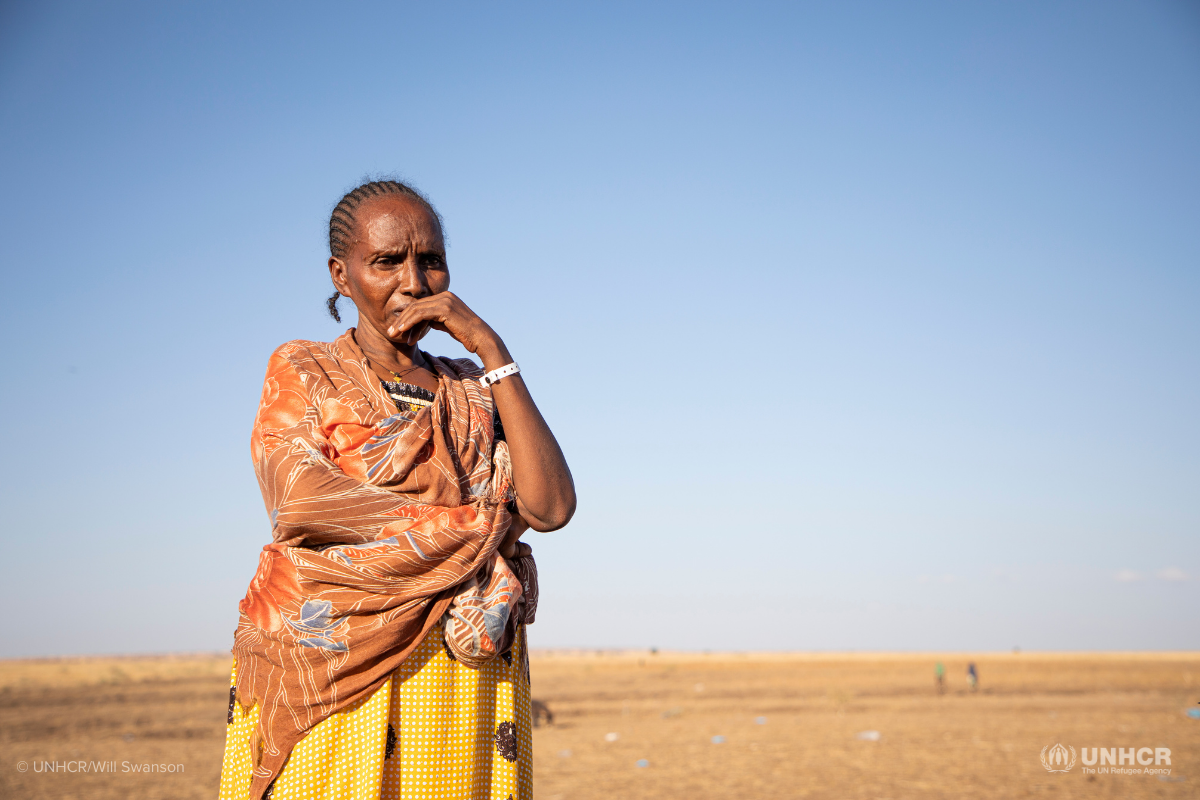
What is the current situation in Northern Ethiopia?
In November 2020, an armed conflict broke out in Ethiopia's Tigray, Amhara, and Afar regions, causing a significant humanitarian and protection emergency. The conflict led to the displacement of hundreds of thousands of people in Northern Ethiopia, and the delivery of essential humanitarian aid was severely disrupted.
In November 2022, a significant milestone was achieved when the Ethiopian Government and the Tigray People's Liberation Front (TPLF) signed a peace deal. This deal marked a crucial first step towards ending the violent and devastating two-year war.
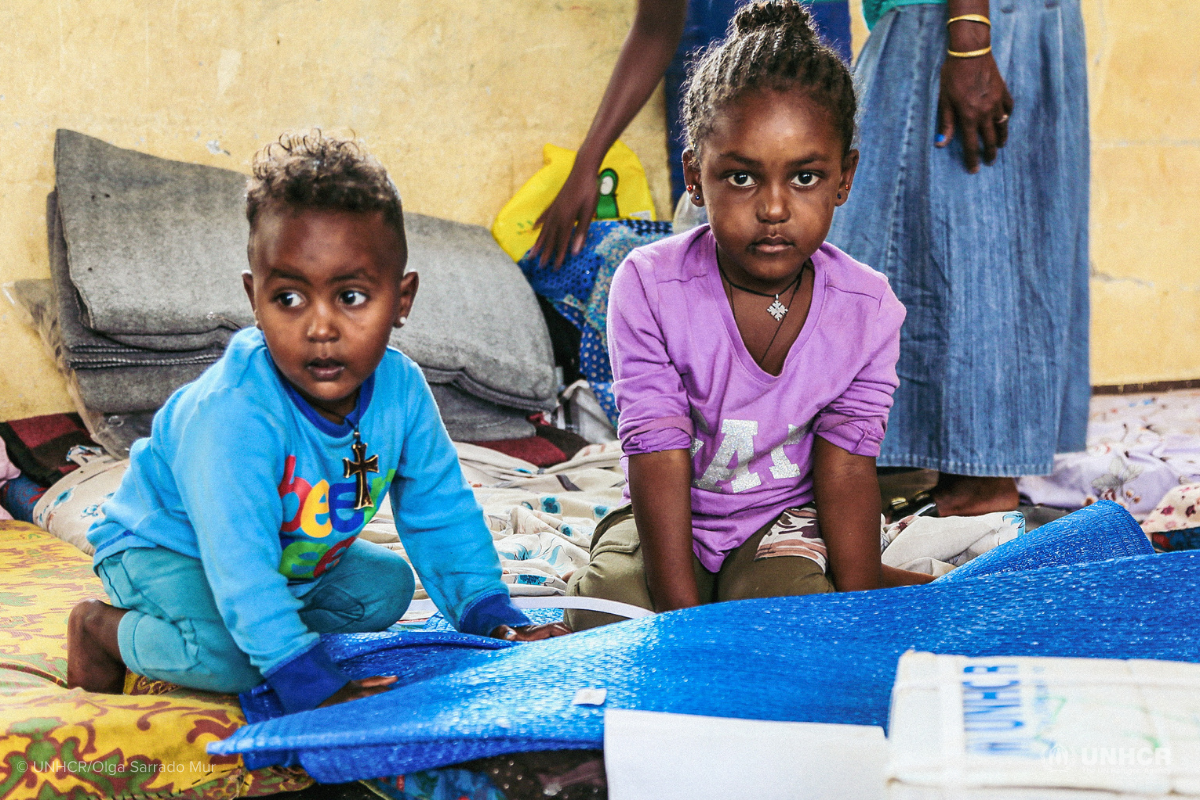
What are some of the biggest challenges displaced people in Ethiopia face?
Education, employment opportunities and access to water are three major challenges refugees in Ethiopia face today. UNHCR has more than 500 staff on the ground addressing these issues and others like, access to shelter, food and healthcare.

What basic necessities are refugees in Ethiopia missing?
Safe access to clean water remains a serious issue for refugees in Ethiopia. In some areas, refugees walk all day to reach clean water. Women and girls, who are often tasked with gathering water, are at an increased risk of sexual- and gender-based violence as they walk alone for many hours.

Can refugees in Ethiopia go to school?
Education is a top UNHCR priority in Ethiopia because nearly 56 percent of the refugee population is under the age of 18. UNHCR has partnered with local organizations to help enroll more refugee children in primary school. These efforts have been successful and in regions like Jijiga, where 85 percent of all primary-school-aged refugee children are now enrolled in school.
UNHCR continues to expand educational opportunities for refugees, provide specialized training for teachers, encourage girls to stay in school and improve access to university and vocational training for older students.

Why is local integration important for refugee livelihoods?
Local integration provides the chance for refugees to live a dignified life while building a better future. Many refugees in Ethiopia have been displaced from their homes for more than a generation and have been unable to work legally within the country.
On January 17, 2019, Ethiopia passed a new law that allows refugees to obtain work permits and other legal documents. Refugees can now work legally, formally register births and marriages and access financial services such as bank accounts. These historic changes will help refugees integrate fully into and contribute to their local communities.
Resolve to help refugees in 2023...
Monthly giving is the most convenient, effective and efficient way you can help people fleeing conflict. Start making a lifesaving difference today. Please become USA for UNHCR’s newest monthly donor.
